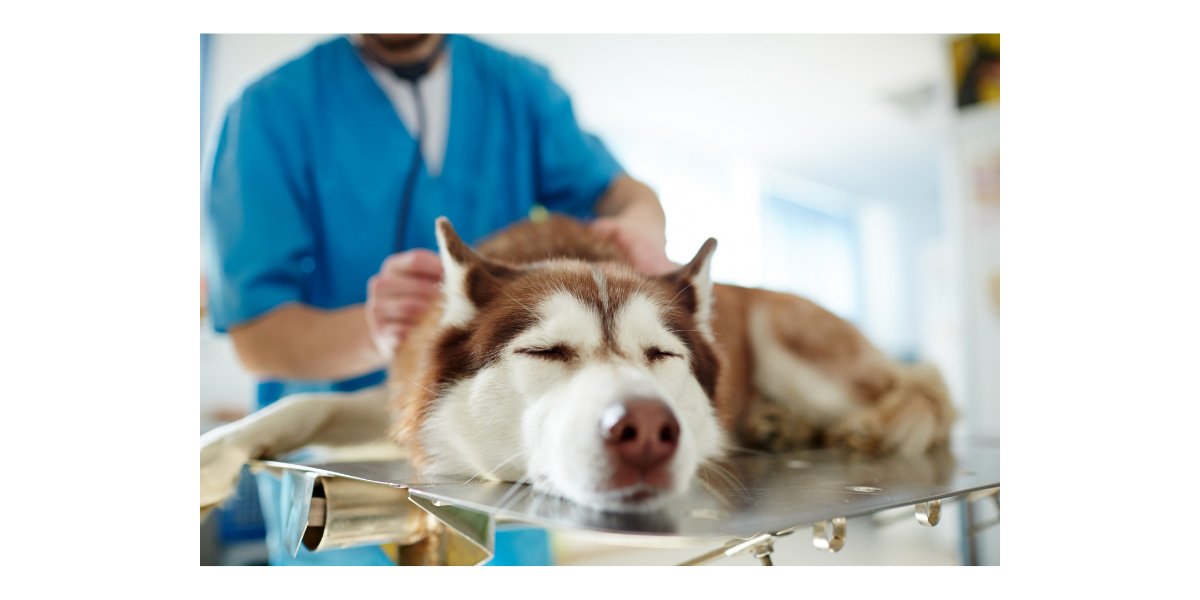
SAVE AN EXTRA $5 - $20 OFFUse code PETS in cart (Exclusions apply)

Save 40% with first AutoShipUse code NEW40 (Up to $40 max. Exclusions apply)

While efforts are made to answer all questions as quickly as possible, if an immediate answer is required or if your pet is in need of urgent or emergency care, contact your pet's veterinarian immediately.

You will receive an answer from Dr. Lindsay and our vet/tech team as soon as possible, usually the same day.
All answers are provided for informational or educational purposes only, and are intended to be a supplement to, and not a substitute for, the expertise and professional judgment of your pet's veterinarian.
It may be necessary to consult your pet's veterinarian regarding the applicability of any opinions or recommendations with respect to your pet's symptoms or medical condition.
Close
An error has occurred, please reload the page and try again.
Close
While efforts are made to answer all questions as quickly as possible, if an immediate answer is required or if your pet is in need of urgent or emergency care, contact your pet's veterinarian immediately.
There is no answer related to your question

Most dog parents have caught a whiff of their dog’s anal glands at some point. The pair of small sacs, located to the right and left of the underside of the tail, release a brownish, oily fluid that’s surprisingly potent and horrifyingly stinky. It’s normal for them to occasionally go off, but if you’re concerned that your dog might be more “expressive” than most, it could be a sign of an anal gland-related health issue.
Your dog’s anal glands normally empty at the end of each bowel movement. The stinky fluid serves as a form of territorial marking for both male and female dogs. A smelly signature, if you will.
Anal glands can spontaneously empty when your dog is excited, scared, or stressed, similar to how a skunk releases its scent glands when a predator is near. Fortunately, your dog’s anal gland fluid does not spray like a skunk’s, it just drips out in tiny amounts. Your dog might lick away the fluid, or it may leave two brown stains on furniture or clothing.
It’s normal for dogs to empty their glands without a bowel movement every now and then. But if it’s happening frequently, or if it happens randomly, the glands may not be emptying properly when your dog poops.
Often, adding supplemental fiber to your dog’s diet will help them empty their glands. Fiber can make your dog’s poop firmer and bulkier, that way it will put more pressure on the glands on its way out.
If fiber doesn’t help and you notice any of the below signs, seek veterinary care.
1. Random leakage.
If your dog’s anal glands are not emptying properly, they can leak when they lie down, especially at night.
2. Abnormal fluid color.
Normal anal gland fluid color ranges from tan to dark brown. If it’s yellowish or greenish, the glands are most likely infected.
3. Blood in fluid.
A pinkish tinge or visible blood in fluid can indicate a rupture.
4. Thick secretions.
Normally, anal gland fluid is thin and oily. It can become thick and pasty if the gland is impacted.
5. Swelling.
A bump or swelling under the tail may be caused by a tumor, an abscess, or a blocked gland.
6. Itching.
Your dog may lick their behind excessively or scoot their butt along the floor to relieve itching caused by blocked or infected glands.
7. Lingering odor.
While the fluid has a surprisingly concentrated odor, your dog should no longer stink once they’ve been cleaned up.
8. Straining to defecate.
Swollen, distended glands are painful and can block the rectum making it difficult for your dog to poop.
If you notice any of these symptoms, see your veterinarian as soon as possible.
Do not have your groomer express your dog’s anal glands and do not attempt to do it at home without the guidance of your veterinarian. Manual, external expression does not completely empty the gland and leads to worsening issues or even an infection.
Your vet can determine if your dog needs antibiotics, an anti-inflammatory, internal expression, or other treatments to ensure the safe, healthy function of their anal glands.